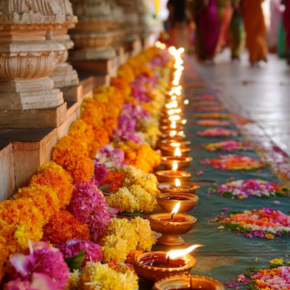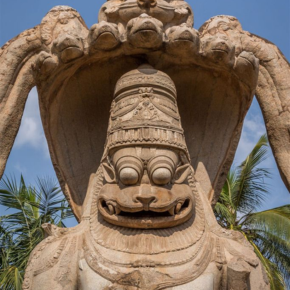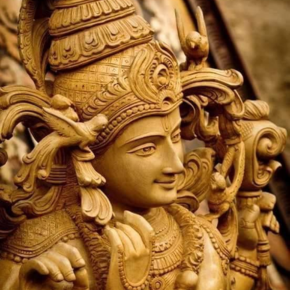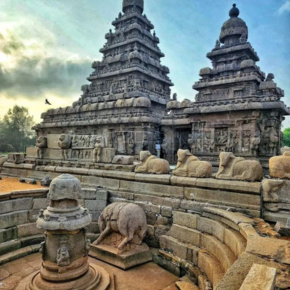

Hindu temples are not just structures built for prayer. They are sacred centers where divine energy meets human devotion, helping individuals connect with the spiritual essence of life.
These spaces have been part of Indian civilization for centuries, shaping beliefs, culture, art, and inner growth.
Each temple tells a story — of tradition, transformation, and timeless truth — inviting every visitor to pause, reflect, and find peace within.
Hindu temples are designed to align the human body with universal energy. Every element—from the sanctum's silence to the rhythmic chants—guides the soul toward balance and harmony.
✦ Peace of Mind: The atmosphere reduces stress and promotes calm.
✦ Divine Connection: Rituals like aarti, darshan, and pradakshina connect the devotee to cosmic forces.
✦ Meditative Vibes: The sounds of bells and mantras quieten the mind.
✦ Gratitude & Humility: Bowing before the deity fosters surrender and spiritual maturity.
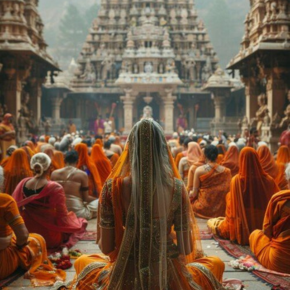
Hindu temples come in different forms, shaped by region, deity, architecture, and tradition. Each one reflects unique spiritual energy and cultural richness.
✦ North Indian Temples (Nagara style): Known for tall spires and stone carvings (e.g., Kashi Vishwanath).
✦ South Indian Temples (Dravidian style): Featuring grand gopurams and long corridors (e.g., Meenakshi Temple).
✦ Cave Temples: Ancient rock-cut shrines that radiate timelessness (e.g., Ellora, Badami).
✦ Modern Temples: Built using glass or marble (e.g., Akshardham, ISKCON).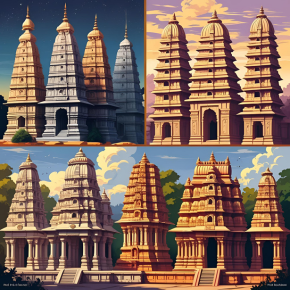
Rituals in temples aren’t just customs—they’re tools for spiritual purification and inner alignment.
✦ Darshan: Seeing the deity is believed to purify the mind.
✦ Aarti: Waving of flame symbolizes the light of knowledge and surrender.
✦ Abhishekam: Pouring sacred substances on idols to cleanse and energize them.
✦ Pradakshina: Walking around the sanctum symbolizes embracing the divine center.
✦ Offering Flowers/Fruits: Represents surrender, devotion, and gratitude.

